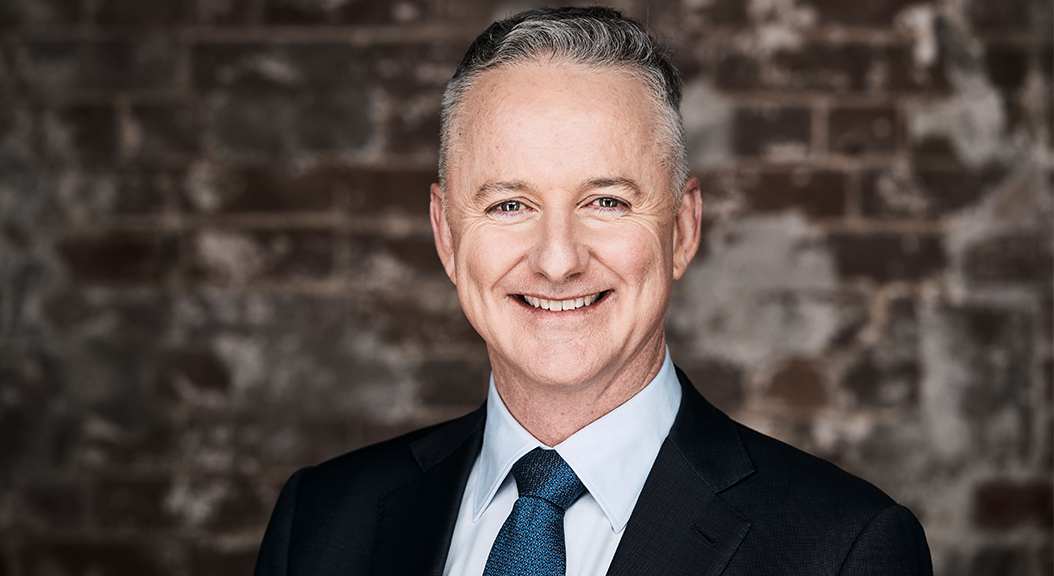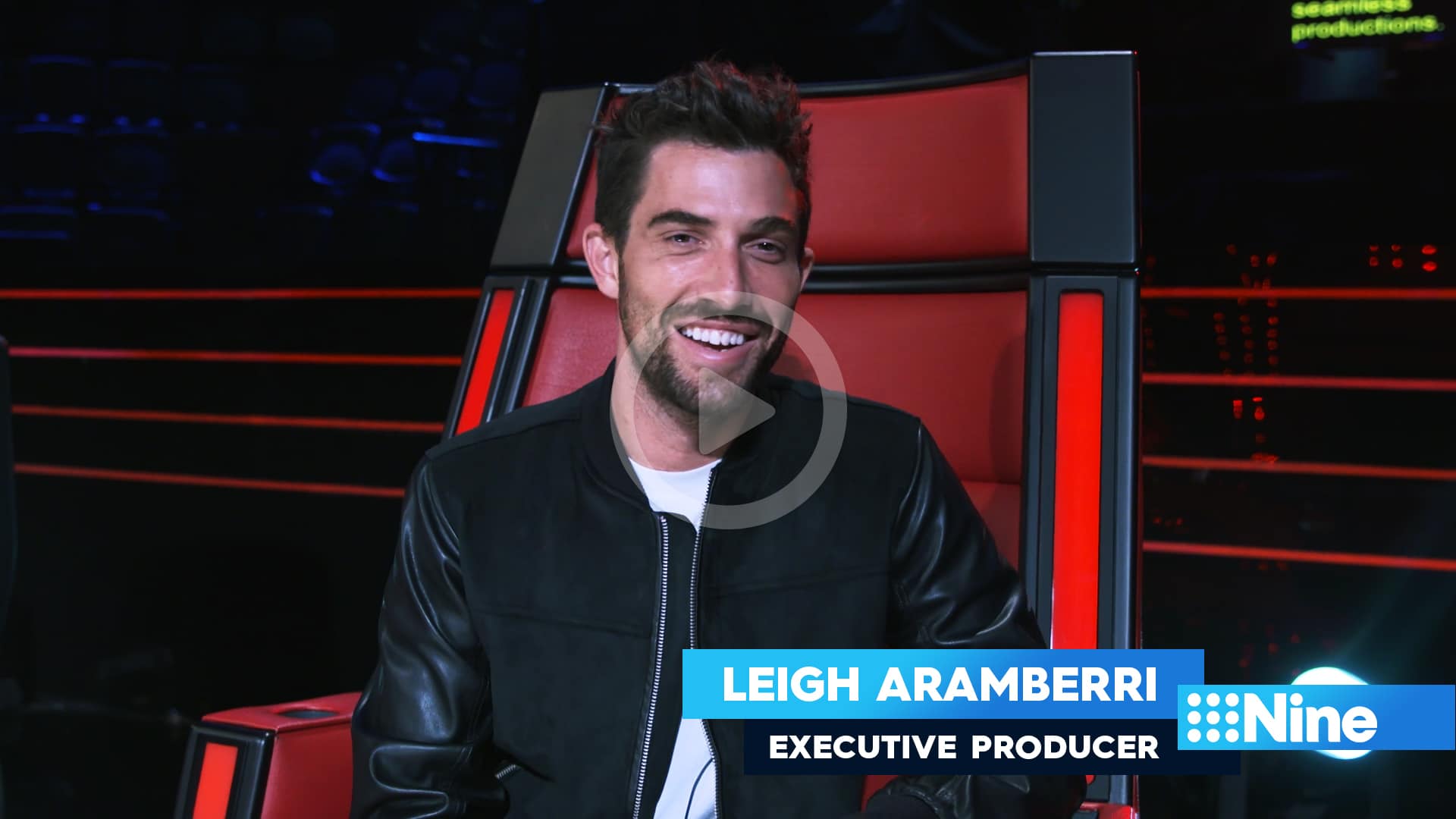This article first appeared in The Australian Newspaper, 26 March, 2018
Success in the media world is harder than it looks. We all know it is far easier to criticise than to create. No better evidenced than when I’m at a barbecue, or any other function.
Even by the sideline at kids’ sport. Everyone is an expert on what will and won’t work. Who is good and who is not. And the problem is we can all have a view, and a reasonably informed one at that.
But when you are in the driver’s seat making decisions on what we should create to engage millions of Australians daily, the formula for success is a careful balance of science and art.
We have spent the past two years striving to create a media business fit for the future by doing three things: creating great content, distributing it broadly and engaging both audiences and advertisers.
Great content drives engagement that drives real decisions and results. And that will always remain the same. In fact, without great content, new platforms like Netflix or Stan would not exist. When it comes to mobile devices, it is video and application-based content that is driving uptake and usage.
Even the big social platforms know that to maintain and grow engagement they need content, great content that engages and drives a conversation.
This is great comfort if you’re a creator of content as your content has never been more in demand – from more sources.
But the creation of most content isn’t cheap. The costs often involve the efforts of hundreds of people across multiple creative disciplines – again, easier than it looks, but much harder to do.
So how do we as a business with a social licence ensure that we not only protect the creation of diverse local content across news, sport and entertainment but grow our ability to do so? In an era that is dominated by fundamental changes in how audiences now consume content. Increasingly at their own time on their own choice of platform and device.
Together with our colleagues at other Australian media businesses, we are adapting our models to solve this challenge. So consumers have the benefit of continued access to reliable, credible and highvalue local news, sport and entertainment content.
Meeting our audiences where they are choosing to consume our content and taking our advertising partners on that same journey. Breaking a traditional “old media” viewpoint where one medium, say television, is supreme, and shifting our strategic focus to making sure we are owning a conversation, not within just one medium but rather all mediums.
We also now aggregate viewing across our on-demand platform, 9Now, and other digital and social channels. It means we need to rethink what content we create for whom, where and how, and at what cost. This change has forced us to fundamentally look again at how we value content and rights, valuing content for every impression it can create across every platform we can monetise it on.
Identifying where creativity with multiple platform potential can create new value for Nine as a business to justify increased investment. And identifying things that are limited to certain platforms, with declining value and declining investment.
That’s the reality.
It also means we need to change the way we invest in new platforms ourselves or consider how to engage with other businesses. Opening up new revenue opportunities on our own new platforms, as we have done with the Stan joint venture, or working cooperatively with other media players to bring other value to content in a way that maximises the revenue we can generate together.
Today, as headlines fly globally around Facebook and Cambridge Analytica, I believe very few media executives are under any illusion about the importance of data to our futures – or the risks involved.
We understand our regulatory responsibilities and our contribution to social and cultural policy. But we also see a key role for government in ensuring that we have a flexible regulatory environment so we can respond quickly in a rapidly evolving media market.
The government took decisive action that had been missing for a long time to provide a more flexible regulatory environment but the playing field is still not level.
We are obliged to abide by community standards, not just in the content we distribute but also in the relationships we have with our audiences. We must ensure compliance with community privacy expectations and compliance with the laws and principles of copyright, all while meeting audience expectations to be able to consume content in new and more accessible ways.
And we invest $700 million a year in the creation and acquisition of content, employ more than 3000 people and many more indirectly. And we’re just one local media business.
Unfortunately, some of the new players, the big ones with global valuations of more than half a trillion dollars, talk the talk but are yet to be seen to take action on a lot of these fronts. Everyone in our industry must equally contribute to its social and cultural responsibilities: accuracy of news; recognition for the value of creativity and the creation of content; responsible handling of privacy issues; and proper use of data.
The Australian Competition and Consumer Commission inquiry into the conduct of these companies is welcome, timely and, I can assure you, being watched by other participants around the world.
And I commend the government on its leadership on these issues.
Creativity is not easy. Nor is it cheap. It takes money to do well (and, yes, I know you’ll have your own opinion on what well means).
And people, Australian workers across multiple disciplines. As a business, we’re embracing the opportunities of the future, ensuring we meet the expectations of our audiences and advertisers on all fronts.
Technology. Accessibility. Social responsibility. Credibility. And accuracy.
As an industry, I firmly believe we can develop new business models with clear strategies that see us actively investing in our future. Because we have what really matters.
We start with large engaged audiences at scale around premium content. It is what advertising is meant to do: build brands and enhance them. I believe we are only at the beginning of what that future looks like.







